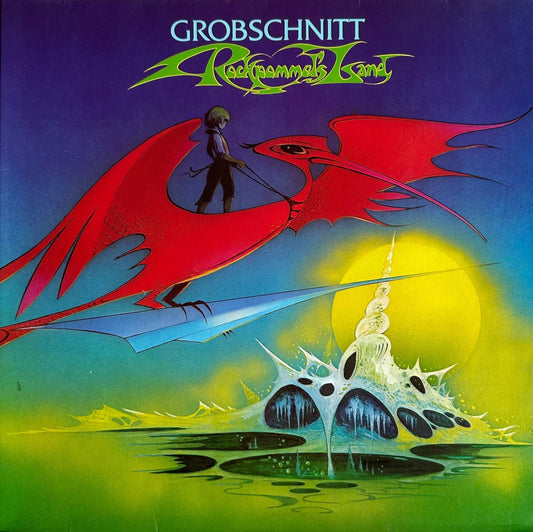A few days ago, I was lying on my couch, reading a book online from the Los Angeles Public Library (The Holy, by Daniel Quinn). On the hi-fi system played a recording of solo cello: Bloch, Ligeti & Dallapiccola – Suites for solo cello, by Natalie Clein. What’s not to like?
Well…
See, one of the problems with writing this column is that, ordinarily, I’d “suffer” in silence. But having opened this topic to scrutiny, I’m sort of obligated to keep going. I was thinking of going to the point of redoing the crossovers in my speakers. “It’s the caps, stupid!’ said one wag: yeah, but maybe not. That may be true of said wag’s Spicas, but apparently it’s not the place to investigate with mine.
Last issue of Copper, we had a dialogue about the capacitors in them, resulting in what I should have done initially, which was exchange messages with the man who built them: Richard Marsh. As it turns out, given that Richard also designed the Rel Caps, as used by PS Audio and many others, they almost certainly don’t need to be changed. The conversation with Marsh made me feel a whole lot better about continuing to have faith in them, given that I’ve always felt pretty great about them. And thanks to everyone who took part, but especially a reader who goes by chrisj1948, for his active participation in the conversation.
During the night before a reader called ElliotStudio posted, asking about the other equipment in the chain, tossing and turning, it occurred to me that what was driving me to distraction might be the subtractive qualities of the PS Audio IV preamp that I put in last fall. As I wrote last time out, for almost 25 years, I was listening to one of the few EAR G88s made, Tim deParavicini’s top-of-the-line for some decades. It was an extraordinary preamp, and I think I came to take its extraordinary qualities for granted; I never thought about it, or had to think about it. And my system was essentially stable for 20 years — for someone who occasionally reviews equipment, having a stable platform like that is pretty unusual. So I let the G88 go very reluctantly, planning to put in an EAR 912 — and then PS came out with the BHK, and my daughter was in college, etc. etc.
Anyway:
I was pretty happy to have found the PS IV on a back shelf at Brian Berdan’s shop, Audio Element in Pasadena. It had everything I needed, for the time being, chiefly the option of switching in the line amp — or, crucially, not. No gain stage, just a level control. What more do I need?
Well, as it turns out, maybe…
Back to that cello recording: lying on the couch, happily reading, listening with one ear, all seems well. It’s quite a beautiful record; maybe not as good as the Starker Bach solo cello suites on Mercury, but pretty damn lovely, and beautifully played. But when I started paying attention to it with both ears and focused on it, something was missing. So I put on the Starker, and it’s still missing. It’s just that last bit of “thereness”. That’s what I’m talking about — that “thereness”. I know writing about it doesn’t suffice, but it’s what I’ve got. I’ll have to trust that people reading this know what I mean. In frequency terms, it’s not a lack; it’s what those frequencies DO. How they bloom out from the speakers, or don’t.
Now, this could be almost anything, really. At first, I was inclined to pin it on my tinnitus. As I write, I hear three things: a Mac Mini’s fan, making almost no noise; the waterfall in our quite big pond, which our front deck crosses; and… eeeeeeeeeeeeeeeeeeeeeee… The waterfall, built into the hillside, excites the tinnitus, never quite gone, in exactly the right way to be confusing to my ear. So attempting to eliminate that as the source of the trouble took quite a while.
The next most obvious was the speakers. Hence my last column: could they have aged so much, and so suddenly? Is there a threshold that they passed? I’m still considering what reader 300b4me said about the big dome midrange drivers, and that he and theBman have said about Duelund bypass caps.
At the moment, I’m focusing on the preamp. In hindsight, the change occurred about the time I got it, though I was so delighted with what it did well that I didn’t notice. But — it’s about a 35-year-old design, and it was never intended to go up against a statement product like the G88. (The G88 listed for $11,000 when I got it in 1992, and Tim raised the price to $20,000 shortly after to try to kill the market for it, it was such a drag to build. He got six orders from Asia almost immediately.)
Fortunately, through happy coincidence, I’m able to say that there is now a BHK preamp on the way. Nothing in my system is like the system in which I’ve heard the BHK, but it’s all equally good. So if you’re interested, look next time for a report on the effect on music and listening.



